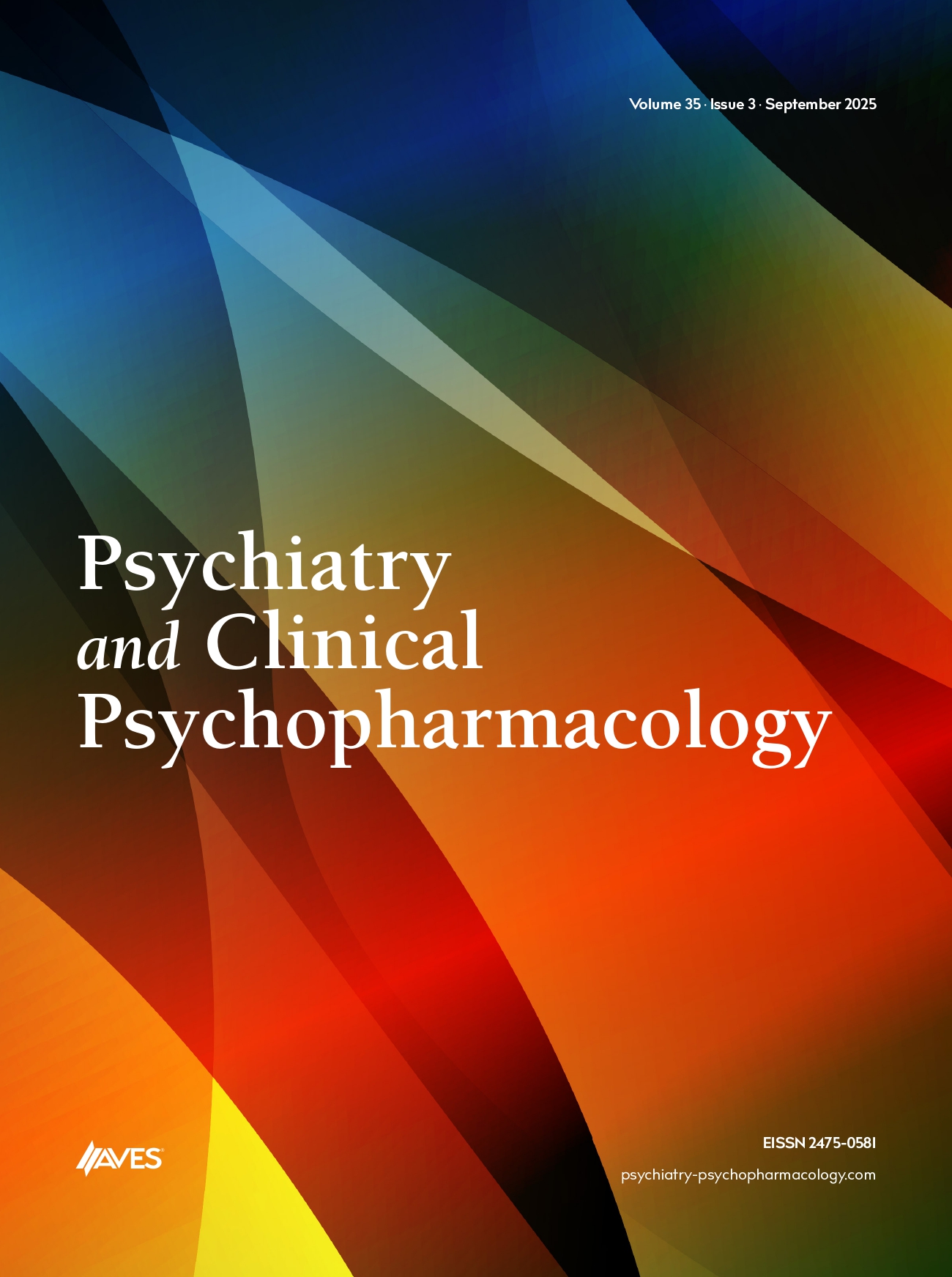Edema is defined as a clinically apparent increase in the interstitial volume. Peripheric edema could be caused by various medical conditions, such as obstruction of venous or lymphatic drainage, congestive heart failure, nephrotic syndrome and other hypoalbuminemic states, cirrhosis and medication. Common pharmacologic agents known to cause edema are antihypertensives, nonsteroidal antiinşamatory drugs, endocrine agents and immunotherapies. Olanzapine is an atypical antipsychotic that is widely prescribed for the treatment of schizophrenia and bipolar affective disorder. Most common adverse reactions of olanzapine are weight gain, postural hypotension, constipation, dizziness, akathisia, sedation. According to premarketing trials, peripheral edema was reported as an infrequent side effect, which affected 3% of the olanzapine treated patients. In this report, we aim to draw attention of psychiatrists on this rare adverse effect. A 56-year-old single, college educated male, was presented to our hospital with severe depressive symptoms for four months and obsessive-compulsive symptoms comorbid with hypochondriac concerns for two years. He was hospitalized to inpatient unit because of suicide risk on the same day. Before psychiatric admission, he wasn’t taking any medication. He was diagnosed as major depression with psychotic features and obsessive-compulsive disorder with poor insight. He was started on olanzapine 10 mg/day, quetiapine 300 mg/day and şuoxetine 40 mg/day. Two weeks after initiation of olanzapine, he was found to have bilateral pedal edema without ulceration and temperature change but minimal redness was observed. He had no history suggestive of cardiac, renal and liver dysfunction or allergic reaction against to any drug that could explain his existing edema. Possible medical conditions which may cause edema were ruled out by laboratory tests and physical examination. Olanzapine was stopped immediately and the therapy was modified to risperidone 1 mg/day. Informed consent was obtained from the patient for this case report. After discontinuation of olanzapine, edema was gradually resolved within two weeks. Because olanzapine associated edema has been seen rarely, it could be overlooked by psychiatrists in comparison to its more common side effects. Although it shows self-limited and benign course, patients may feel discomfort and their compliance to treatment may decrease. Also, it may interfere with differential diagnosis of other medical conditions which may cause edema. In conclusion, we suggest that patients should be observed carefully in terms of edema during olanzapine treatment.


.png)
.png)